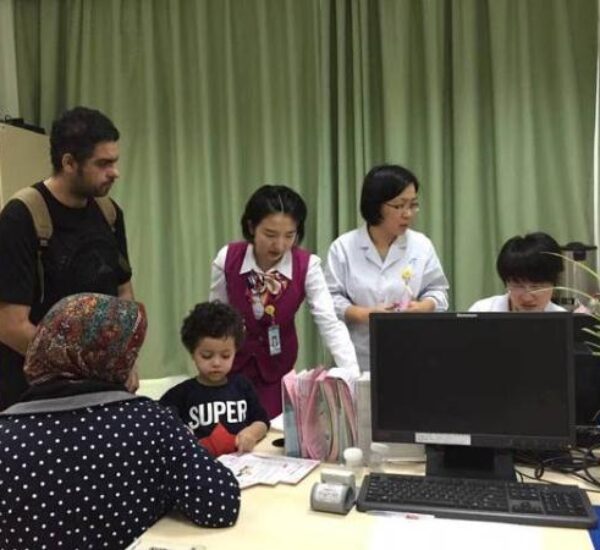Recently updated on February 21st, 2024 at 08:15 pm
Do you want to turn your brilliant ideas into reality with the help of Chinese manufacturers, or introduce your innovative technology into the world’s biggest e-commerce market? The rapid growth of technological and industrial cooperation between China and the West has contributed greatly to the significant demand for English to Chinese technical translation.
What’s Technical Translation?
Technical translation is the translation of technical and industrial documents typically produced by technical writers (electronic manuals, user guides, engineering specifications, etc.) from one language to another.
Why’s Chinese Technical Translation Important?
When it comes to Chinese technical translation, 100% accuracy is of utmost importance and a slight mistake may pose a detrimental effect on your reputation. In the case of health and safety-related documentation, precision in translation is a matter of life and death. A grave mistake can seriously harm the targeted audience.
Professional translation from English to Chinese is a great way to show that your business cares about the customers and the people you’re working with.
💡A carefully crafted technical documentation in the source language and target language is also crucial when looking to be compliant with local and international standards. Without requested paperwork, your company risks losing business opportunities. Worse, there’s a potential of getting fines or being shut down by local authorities.
What Are Different Types of Technical Translation?
Documents that require technical translation vary a lot from scientific journals to tech packs, engineering specifications, etc. You will likely need the need of a professional technical translator if your source text contains in-depth industrial-specific terminology.
Following are a few types of documents that often require Chinese technical translation services.
• User manuals and guides
• Patents and patent-related applications
• Health & Safety documents (Safety Data Sheets)
• Software strings
• Tech packs (product & technical specifications)
• Manufacturing and engineering articles
• Scientific papers
• Financial & technical reports
• White papers
• Interactive training materials
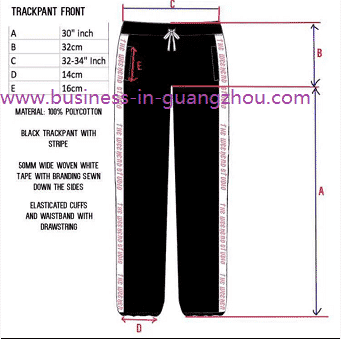
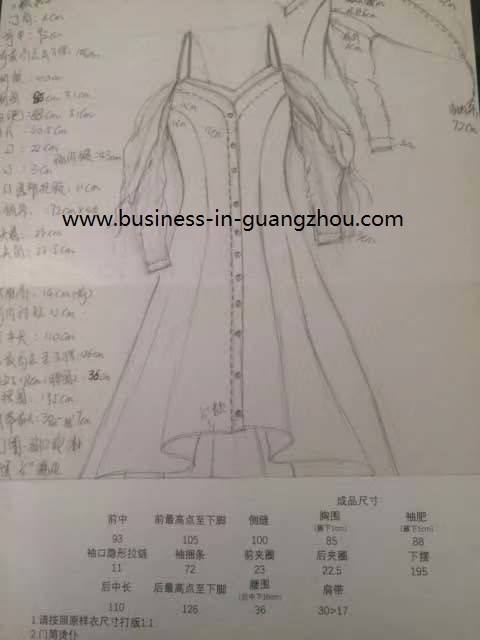
Best Practices for Chinese Technical Translation
Chinese is unanimously considered as the toughest language to master in the world, and when it comes to English to Chinese technical translation that requires ultimate accuracy, the difficulty is elevated to the next level, and you can’t afford to just wing it.
Whether you’re producing a tech pack for your Chinese factory, creating a user manual to market your brilliant technology in China, partnering with a professional Chinese translation agency that has enriching experience in technical translation is very important.
Here’re some tips for a successful English to Chinese technical translation project.
Create a Terminology Database (Translation Glossary)
What’s Terminology Database?
A terminology database is a compilation of industry-specific, technical terms that are frequently used by the writers. It serves as a guide to technical translation.
What’s Translation Glossary?
A translation glossary is a spreadsheet of terminology typically created in collaboration between a Language Service Provider (LSP) and their clients. Apart from terminologies, a translation glossary often includes trademark terms, names, etc.
What Are the Benefits of Using a Terminology Database/Translation Glossary?
There’re many benefits of using a translation glossary, and here’re a few.
Save time: With translation glossaries, Chinese technical translation services providers understand immediately how you want to translate specific terms, and the translation process speeds up drastically.
Improve accuracy: Translation glossaries can eliminate guesswork and improve the accuracy of the translation.
Brand consistency: Consistency is the key to the success of branding, and the consistent translation of your brand identity, value, product names, and other key terms helps your customers identify your brand.
Translate with Localization in Mind
Translating with localization in mind means to think globally and act locally. Whether you’re translating technical documents from English to Chinese or preparing website localization for Chinese market, your wording should always be planned with Chinese cultural diversity in mind.
Here’re a few points to take into consideration while localizing your technical documents for the Chinese market.
Differences in Format (Content Layout, Numbers)
Like the Roman script, simplified Chinese is always written horizontally from left to right. On rare occasions such as titles in large size to attract attention, the Chinese script might be written vertically advancing from top to bottom. There’re some significant differences between English typesetting and Chinese typesetting.
Here’s a checklist of the Chinese text layout for Chinese technical translation.
Chinese Typesetting – Checklist
| Fonts | Songti 宋体 Kaiti 楷体 Heiti 黑体 The 3 most used fonts in mainland China. |
| Spacing | No space between Chinese characters. |
| Punctuation marks | Chinese punctuation mark takes the space of a full character. No space between Chinese characters and punctuation marks. |
| First-line indent | The first lines of each paragraph are indented by 2 Chinese characters. |
| Spacing between paragraphs | One line. |
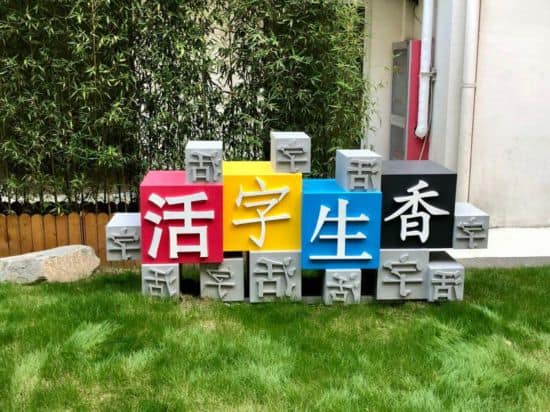
Punctuation Marks – English vs Chinese
English | Chinese | |
| Comma | , | , |
| Full stop | . | 。 |
| Ellipsis | … | …… |
| Exclamation mark | ! | ! |
| Slight-pause comma | None | 、(It’s used to separate items in lists) |
| Parentheses | () | () (Clarification of main point) 《》(For book and journal titles) |
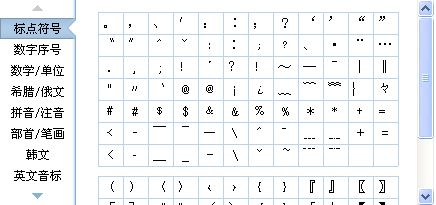
In addition to content layout and typesetting format, another essentially important element is the writing of numbers. In the case of financial reports or any financial-related Chinese business translation, the ability to translate numbers accurately in Chinese format is a must as any mistake might lead to severe financial loss.
Written Differences of Numbers – English vs Chinese
| Numbers | English | Chinese |
| 1 | One | Yi 一 |
| 10 | Ten | Shi 十 |
| 100 | One hundred | Yibai 一百 |
| 1,000 | One thousand | Yiqian 一千 |
| 10,000 | Ten thousand | Yiwan 一万 (万means ten thousand) |
| 100,000 | One hundred thousand | Shiwan 十万 |
| 1,000,000 | One million | Yibaiwan 一百万 |
| 10,000,000 | Ten million | Yiqianwan 一千万 |
| 100,000,000 | One hundred million | Yiyi 一亿 |
| 1,000,000,000 | One billion | Shiyi 十亿 |
| 10,000,000,000 | Ten billion | Yibaiyi 一百亿 |
| 100,000,000,000 | One hundred billion | Yiqianyi 一千亿 |
| 1,000,000,000,000 | One trillion | Yizhao 一兆 |
Compliance with Chinese standards
In the Chinese technical translation sector, sometimes accuracy means more than just conveying messages especially terminologies accurately from English to Chinese. It can be the difference between international and Chinese standards that causes great losses.
💡For instance, instead of the western ISO standards, China national standards (Also known as Guobiao, GB standards) are mandatory for services or products concerning human health, personal property, and safety. You have to make sure your products comply with specific GB standards to be able to distribute in China.
As an industrial expert, a professional Chinese technical translator should understand the differences between international and Chinese standards, the nuances of the law in the market to translate the documents in compliance with local standards.
Cultural Nuances
Cultural nuance refers to the words, idioms, and beliefs that differ between countries and regions. It’s fundamental to any type of cross-cultural translation, and bridging cultural nuances in your document is something you absolutely have to get it right in the first place.
💡The best way to avoid any translation that might create a cultural faux pas is to ensure your Chinese technical translator is a native speaker with profound knowledge in both English and Chinese as well as industry expertise.
Avoid Machine Translation
Despite being two of the most widely spoken languages in the world, English and Chinese originate from completely unrelated language groups, making them vastly different with their linguistic subtleties and complexities. Additionally, there’s a world apart in terms of cultural and social reference points.
💡Whether you’re translating technical documents from English to Chinese or Chinese to English, you should always stay away from machine translation (MT). The translation between the two languages requires a lot of creativity and experience, which machine translation simply can not offer.
Keep up with Tech Trend
How technology has progressed affects Chinese technical translation drastically. Thanks to new tech like AI and 3D printing, great changes have taken place at a much faster pace. As new technology emerges, technical translators must be familiar with new terms and jargon, so that they can translate it properly.
Use Translation Memory
A translation memory is a tool that helps translators in translating sentences that have been translated previously. By using translation memory, you can ensure that terminologies and other fixed terms like brand identity and product names are applied consistently across the board. In addition, it can speed up the translation process if certain phrases or sentences occur frequently within a text.
Frequently Asked Questions
What Are Examples of Technical Translation Documents?
Examples of technical translation documents include tech packs, installation manuals, white papers, safety data sheets, etc.
What is Chinese Technical Translation?
Chinese technical translation is the translation and localization of materials dealing with scientific and technical subject domains from Chinese to another language or from another language to Chinese.
Let’s talk. Share your great project with us. WhatsApp: +86 18218494138

